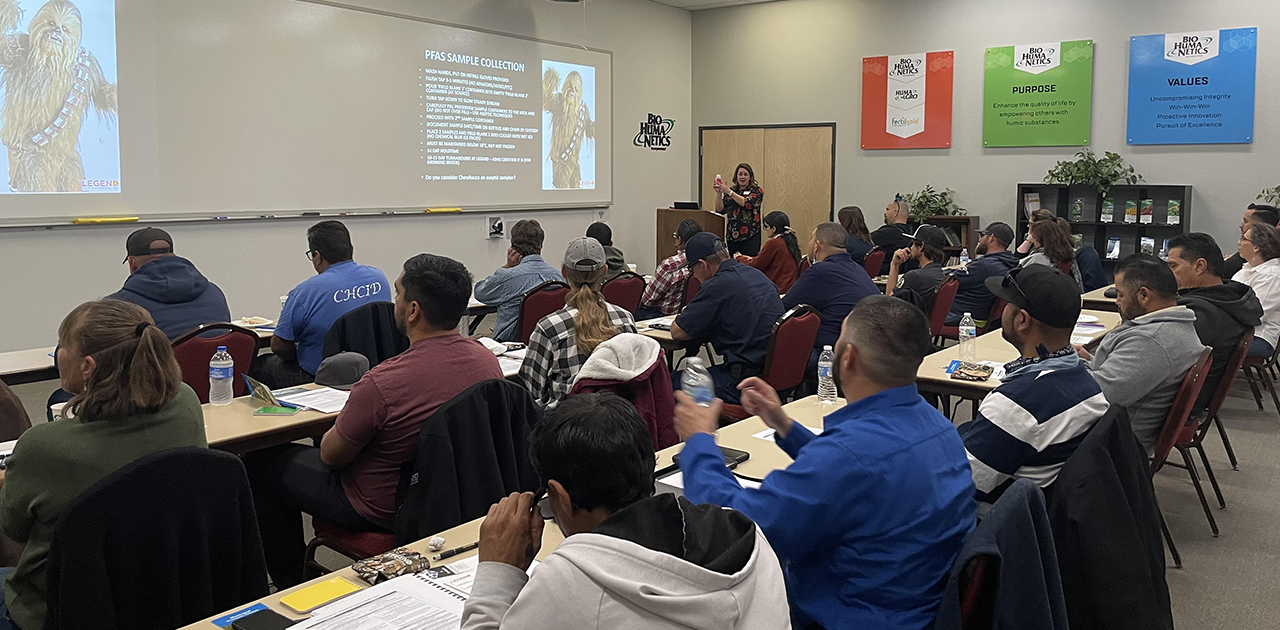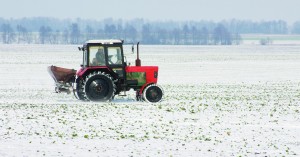
Speakers at the event included Heather Jennings, PE, Director of Probiotic Solutions®, Cathy Swanson, West Regional Sales Manager and Groundwater Remediation Specialist at Purolite, and Marci Payne, Sales and Marketing Director at Legend Technical Services of Arizona. An Operator’s panel discussion was led by Jim Huchel, Wastewater Treatment Manager for the City of Flagstaff, and Henry Cornejo, Wastewater Treatment Program Manager at Rural Water Association of Arizona. Professional Development Hours were awarded to the 27 attendees.
According to the U.S. Environmental Protection Agency (EPA), PFAS are widely used, long lasting manufactured chemicals, components of which break down very slowly over time. Because of their widespread use and their persistence in the environment, many PFAS are found in the blood of people and animals all over the world and are present at low levels in water and a variety of food products. Scientific studies have shown that exposure to PFAS may be linked to a variety of harmful health effects in humans and animals.
Related Posts

This Week in Ag #44
Now’s the time when holiday enthusiasts start dreaming of a White Christmas. But the marshmallow world created by falling snowflakes offers much more than a glistening backdrop for a Hallmark movie. And nobody choruses “Let it snow, let it snow, let it snow” louder than farmers. In the northern states, snow can account for 2/3 of...

BHN Hosts PFAS Training for Water and Wastewater Plant Operators
Bio Huma Netics hosted a 6-hour PFAS training seminar on February 23, 2022. Co-Sponsored by the Rural Water Association of Arizona, the event provided education on the problem of per- and polyfluoroalkyl substances (PFAS) contamination in water. Speakers at the event included Heather Jennings, PE, Director of Probiotic Solutions®, Cathy Swanson, West Regional Sales Manager...

BHN’s Lyndon Smith to Speak at New AG International Africa Conference
Bio Huma Netics, Inc., President and CEO Lyndon Smith has been selected to speak at the New AG International—Africa Conference, to be held April 6–8 in Marrakesh, Morocco. The full conference title is “A 360-Vision of Specialty Fertilizer, Precision Ag, Irrigation, and Biostimulant Developments in Africa.” Mr. Smith’s presentation, titled “The biostimulant effect of humic...

